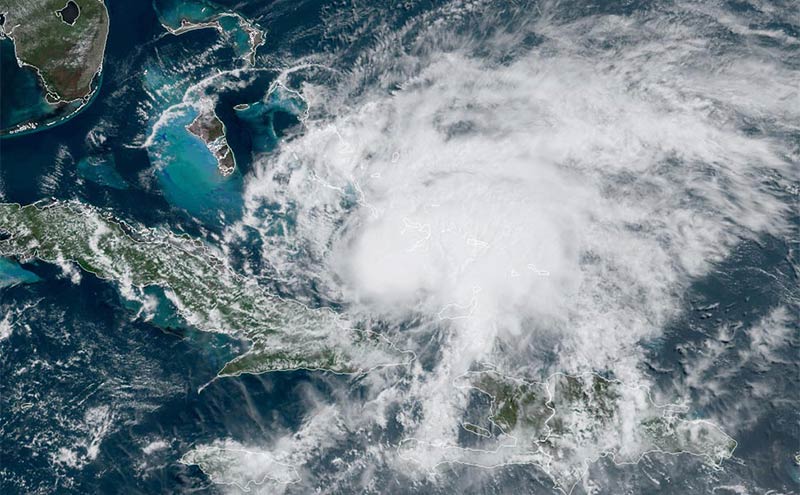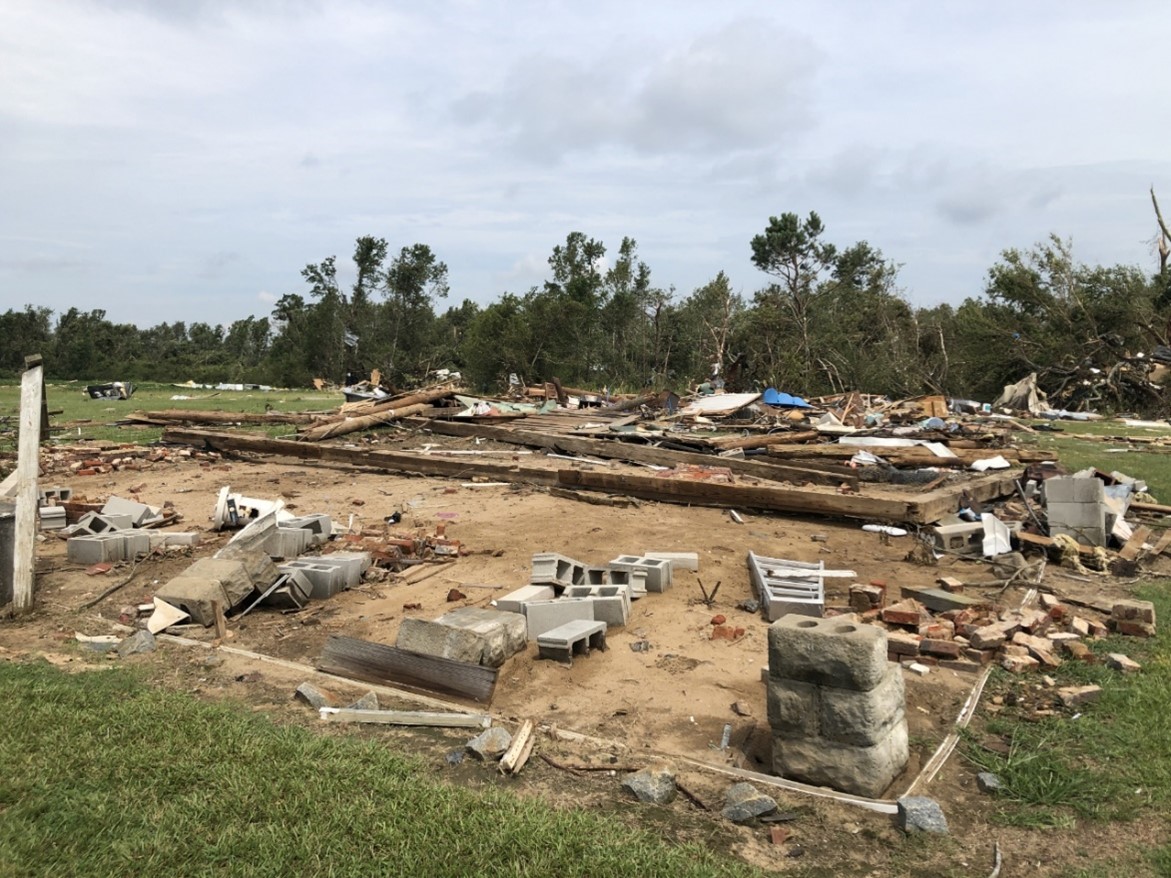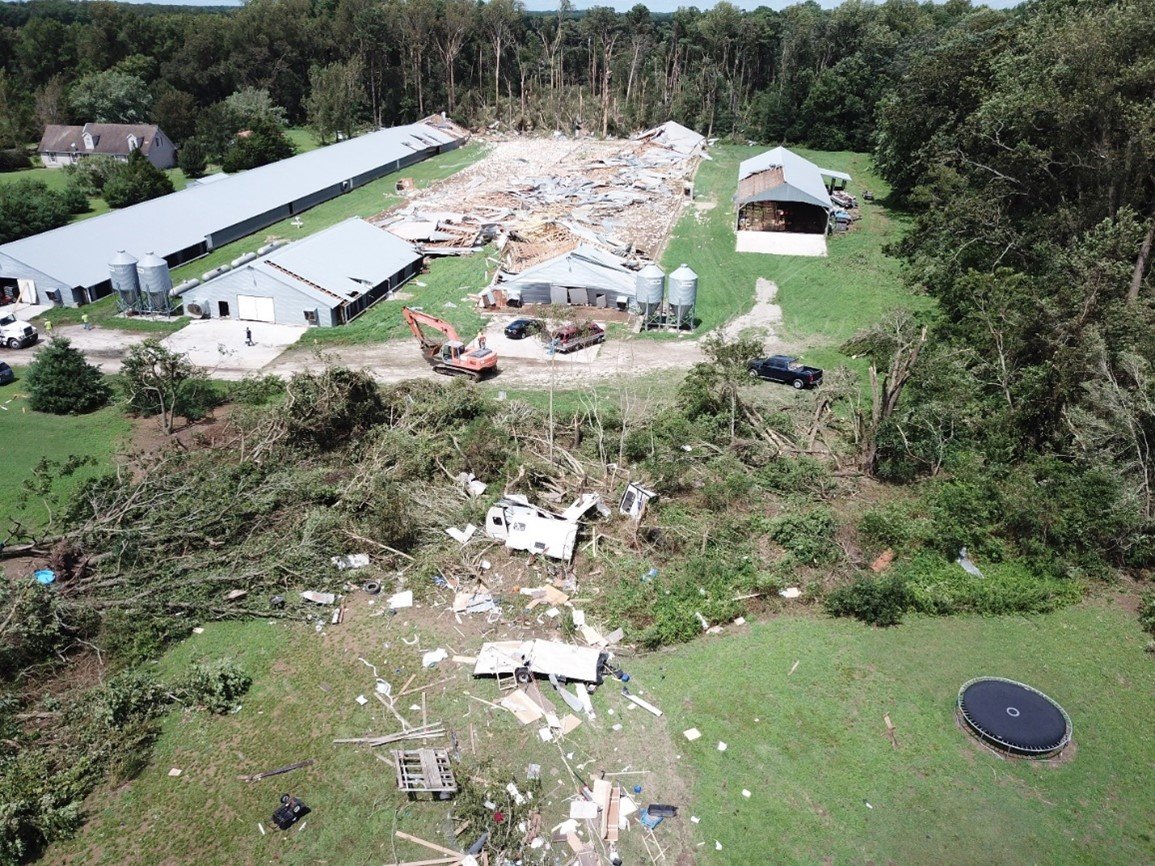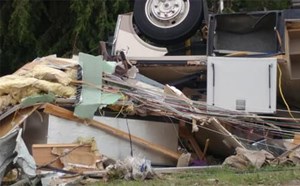
Hurricane Isaias and COVID19 - A Perfect Storm
Members of the Eastern HealthCare Preparedness Coalition (EHPC) in North Carolina are no strangers when it comes to hurricanes. This coalition of hospitals, EMS agencies, emergency management, fixed care facilities, law enforcement and other players works year-round to prepare for and respond to disasters. Most of its members have weathered numerous storms in the past several decades, including almost annual strikes in recent years. North Carolina has been affected by 52 tropical cyclones in the last 20 years. In the past thirty years two major Category III Hurricanes (Emily in 1993 and Fran in 1996) with sustained winds of over 111 mph have hit the North Carolina coast. Yet the deadliest storm in recent memory was Hurricane Floyd in 1999 that killed 57 and cost $6.5 billion and of course the latest being Hurricane Isaias this summer. 1
Hurricane Isaias was the second tropical storm with hurricane force winds to hit the US coastline during the COVID19 pandemic but unfortunately not the last. The 2020 hurricane season has been especially busy with 20 named tropical storms as of Sept 17th, 2020; and several others potentially before the season is over. North Carolina was well aware of the complexities of having to deal with this perfect storm - a hurricane during the COVID19 pandemic. There were several issues unique to dealing with hurricanes during this pandemic. One of the largest concerns included socially distancing at shelters, and also identification of shelters designed specifically for COVID+ or person under investigation as well as their family members. Other issues are related to socially distancing of hospital staff, since often hospital staff will stay overnight and “bed” inside the hospital during the storm. Unlike prior hurricanes where staff quarters have been provided by the healthcare system, our trauma center suggested that for social distancing it would be best for team members to make their own accommodations with friends or family in or near town, in order to reduce any travel burdens. The hospital also partnered with local hotels to offer a discounted rate. However, recognizing the need to maintain the workforce, the hospital did also have on-site lodging space to accommodate team members who do not have other options.
Hurricane Isaias was only a Category I hurricane when it made landfall at Ocean Isle (near the North Carolina/South Carolina border) at 2310 hours on August 3, 2020.2 Yet Hurricane Isaias spawned two strong tornados including an EF3 tornado that will not be soon forgot in the town of Windsor in Bertie County, NC, see figures 1 and 2.3 Pulling homes off their foundations and tearing them into pieces, the devastating tornado destroyed a trailer park just outside of Windsor. There were two fatalities at the trailer park and 14 others were injured. All the victims were transported to Vidant Bertie Hospital, the only hospital in the county, a critical-access facility located in Windsor, NC with 8 ED beds and 6 inpatient beds.
Ten of the injured required transfer to a higher level of care than could be delivered at Vidant Bertie Hospital. All these patients were transferred to Vidant Medical Center, a 900+ bed academic hospital which is affiliated with East Carolina University Brody School of Medicine, and the only level one trauma center in the region. Of the ten transferred one was a child and one adult was critically injured requiring a full trauma system activation.
There are always lessons to be learned from any disaster. North Carolina had winds in excess of 45 mph up to 100 miles inland leading to the halt of critical care ambulance and helicopter services until conditions improved. As such, transfer of critically ill patients was substantially delayed for several hours. Referral hospitals including our own trauma center and those in the central region of the state have been running at capacity due to COVID-19 up to and through the hurricane. This has further hindered the ability of community and critical access hospitals to transfer patients out to other facilities.
Our opinion is that we need to support critical-access facilities to better prepare them for extended care of the critically ill, similar to the military concept of prolonged field care. Furthermore, we need to be sure that our transport crews are fully prepared and ready to go once the winds do recede. In past storms, our critical care helicopter service has been quick to mobilize additional aircraft to handle the surge of sick and injured patients from a disaster. We believe that extensive preparation and mitigation efforts are essential to reduce the loss of life during a disaster, be it weather, pandemic, or especially the combination of the two. Our hearts go out to everyone affected by past storms, and the front-line workers during these storms while also dealing with the COVID-19 pandemic.
References
- Hurricane Floyd: September 16, 1999. National Weather Service National Oceanic and Atmospheric Administration. https://www.weather.gov/ilm/Floyd accessed Sept 16 2020 ; accessed Sept 16, 2020
- Hurricane Isaias, August 4, 2020. National Weather Service National Oceanic and Atmospheric Administration. https://www.weather.gov/mhx/HurricaneIsaias080420 accessed Sept 16 2020; accessed Sept 16, 2020
- Summary of Tropical Storm Isaias. National Weather Service National Oceanic and Atmospheric Administration. https://www.weather.gov/akq/Aug_4_2020_Isaias; accessed Sept 16, 2020
Juan March MD FAEMS FACEP is Chief of the Division of EMS and a Professor in the Department of Emergency Medicine at East Carolina University Brody School of Medicine.
Bryan Kitch MD FAEMS FACEP is an Assistant Professor in the Department of Emergency Medicine at East Carolina University Brody School of Medicine, EMS medical director for multiple counties in Eastern North Carolina, and medical director for the Eastern Healthcare Preparedness Coalition.

Figure 1 - Trailer homes were torn off their foundations by an EF3 tornado in Bertie County NC. Courtesy from the National Weather Service

Figure 2 - Drone footage of EF2 tornado damage from Tropical Strom Isaias in Stockton, MD. Courtesy from the National Weather Service
By Juan March MD FAEMS FACEP and Bryan Kitch MD FAEMS FACEP


